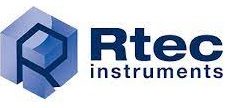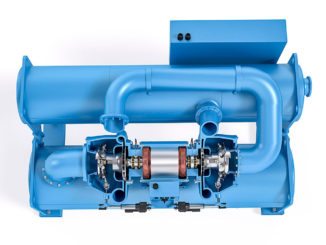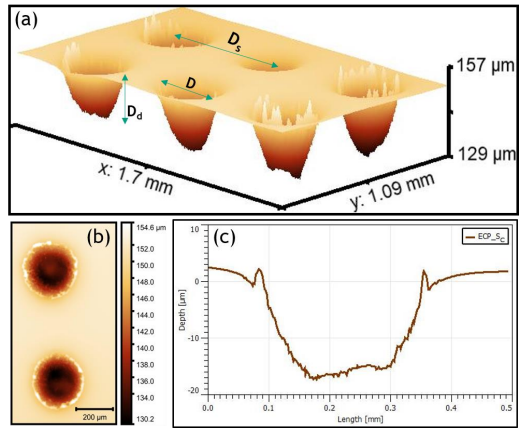I am a postgraduate researcher at the University of Leeds. I have completed my master's degree in the Erasmus Tribos program at the University of Leeds, University of Ljubljana, and University of Coimbra and my bachelor's degree in Mechanical Engineering from VTU in NMIT, India. I am an editor and social networking manager at TriboNet. I have a YouTube channel called Tribo Geek where I upload videos on travel, research life, and topics for master's and PhD students.
An Engineering approach to study cancer cells
Table of Contents
Introduction
Over the past decade, several methods have been developed to measure the mechanical properties of live cells, with atomic force microscopy (AFM) based indentation testing being the most common. AFM indentation quantifies both elastic and viscoelastic properties by recording force curves which are converted to force-indentation profiles for analyzing particle mechanics and morphology. AFM is especially useful for high-resolution imaging and mechanical analysis of soft biological samples, including proteins, biofilms, and cells. Leukemia, lymphoma, and myeloma are the main blood and bone marrow cancers. Chronic lymphocytic leukemia (CLL) is a common form which affects mostly elderly patients. CLL often begins with incidental lymphocytosis and may range from asymptomatic to aggressive, causing symptoms like high lymphocyte counts, low blood cell levels, swollen lymph nodes, and frequent infections. Early detection is crucial for effective intervention.
Methodology
This study examines CLL cells in Fresh and Stamped conditions and mechanical properties using AFM, comparing them to leukocyte cells. By applying contact mechanics theories, researchers modeled the viscoelastic properties to calculate indentation depth, contact area, and Young’s modulus of CLL cells, validated by experimental data.

Figure-1 The Optical Microscopy image of CLL cells prepared in the fresh and stamped approach
Results and discussions
This study introduces a technique to diagnose leukemia by analyzing the geometric and mechanical properties of white blood cells, aiming to detect cancer cells early and improve disease management. Burkitt’s lymphoma cells from a 56-year-old patient were cultured and processed using Stamping and Fresh fixing techniques. AFM testing then assessed cell geometry, contact behavior, adhesion force, and work of adhesion, with findings compared to those of healthy leukocytes. Various contact theories were applied in nanomanipulation modeling, considering time-dependent properties of cell mechanics, to develop models for biological particle contact.
The study found that both drying and stamping methods effectively prepared CLL cells, preventing cellular aggregation. While white blood cell morphology remains unchanged in CLL, cancer cells are slightly smaller: 2.89% smaller in the Stamped and 8.17% smaller in the Fresh state than normal leukocytes. The Young’s modulus of CLL cells was 1.1245 ± 0.018 kPa in the Stamped state and 0.9585 ± 0.032 kPa in the Fresh state, representing increases of 23.57% and 5.33% compared to leukocytes, respectively. Fresh CLL cells show 17.32% higher Young’s modulus than Stamped due to greater deformability. Adhesion force and work of adhesion are significantly higher in Fresh cells.

Figure-2 Surface topography of a Chronic Lymphocytic Leukemia cell: (a) stamped state, and (b) Fresh state.
Reference










.png)

















